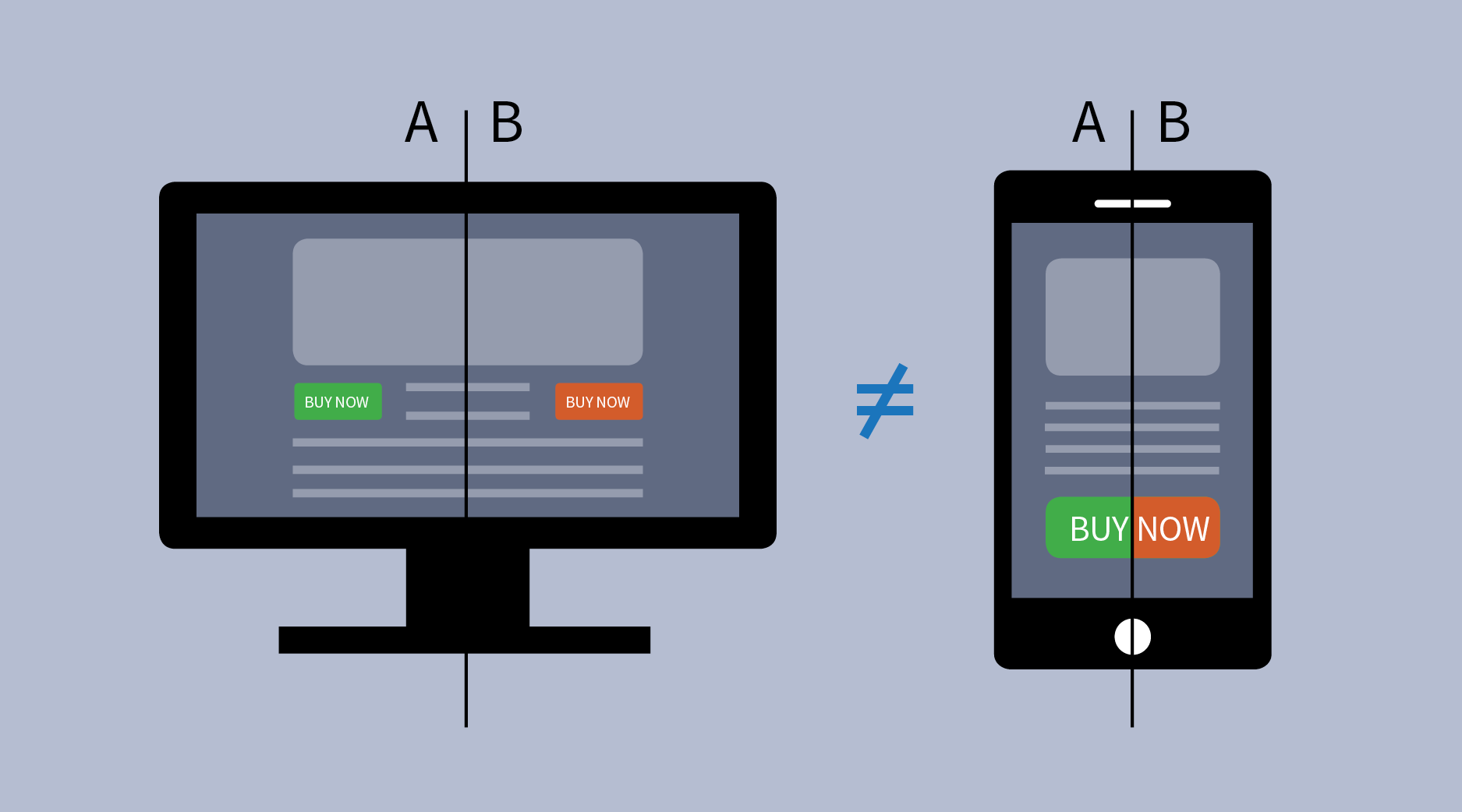BLOG

Webhosting Compared: Testing The Uptime Of 32 Hosts In 2018
(This is a sponsored article.) Many surveys have indicated that uptime is number one factor when choosing a web host and although most, if not all, web hosting services “promise” 99.99% uptime, it’s not the case with our case-study.
According to our latest research, the average uptime of 32 shared web hosting providers is 99.59%. That’s approximately 35 hours 32 minutes of downtime per year, per website.
And downtime even happens to online giants. A Dun & Bradstreet study found that nearly 60 percent of Fortune 500 companies experience a minimum of 1.6 hours of downtime every week.
As a rule of thumb, if you are experiencing an uptime of 99.90% or below, you should switch your web host. A good web host should provide you with an uptime of at least 99.94%.




